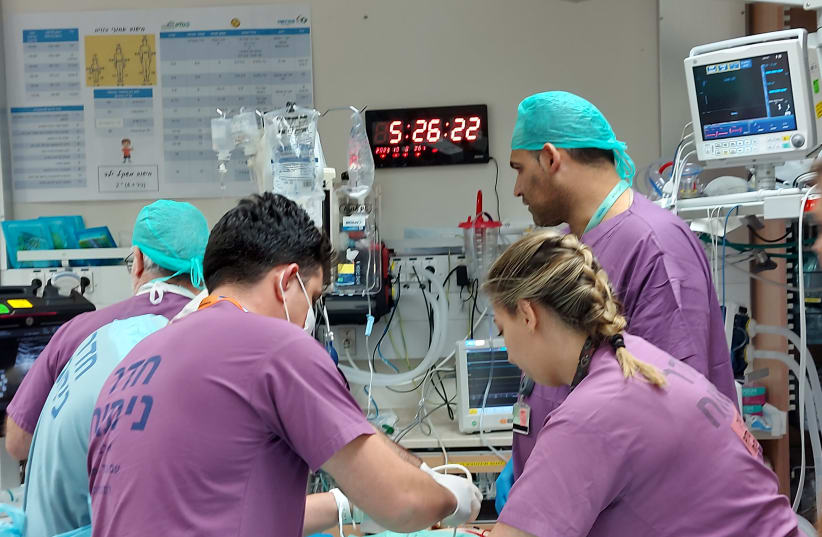Oct. 7 at was, by far, the largest mass casualty incident in Israeli history, Dr. Shlomi Codish, director-general of Soroka Medical Center, Clalit confirmed earlier this week.
To provide a sense of what it was like for the staff and patients at the hospital in Beersheba, situated just 40 km. from Gaza, Codish began by saying that “69 air raid sirens went off in Beersheba that morning,” heralding a “totally different type of terror attack than we had ever experienced before.” Whereas “the largest previous such event at Soroka was under 150 casualties, on Oct.

7 we treated 673 people, and in the first two days, over 750.” Despite the difficulties and complexities involved in treating so many people, some in life-threatening conditions, Codish said that the hospital was not overwhelmed as one might expect. “We weren’t [overwhelmed], but a lot of work went into not being overwhelmed,” he explained, describing how managed to cope with the unprecedented number of casualties, both on Oct.
7 and in its aftermath. “We’ve been on the front line of Israel’s wars since our opening, 65 years ago.” He said that the medical center teams have “a lot of protocols and a lot of experience.
” “In the first half hour [of Oct. 7], we moved all unprotected wards to protected sites, to make sure we didn’t have to worry about protecting staff and patients,” he explained. Other measures included telling the night shift not to go home, “so there was a double shift o.
















